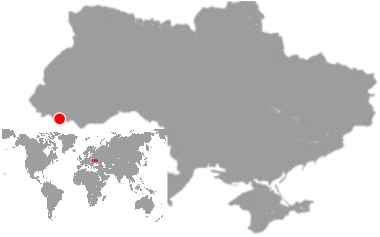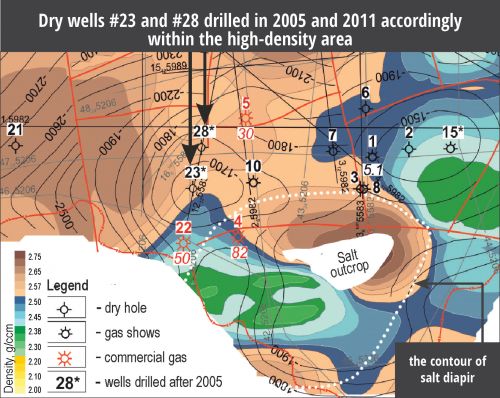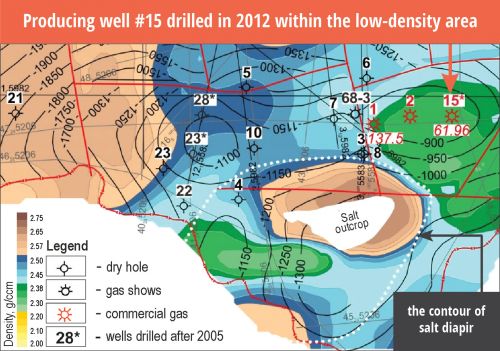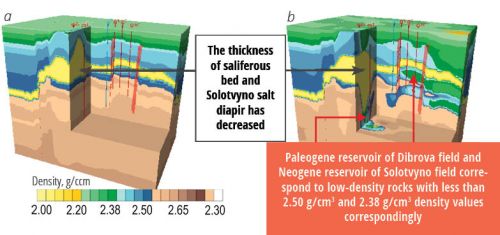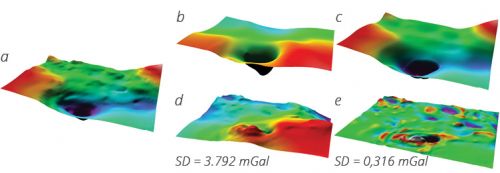100% SUCCESS IN PREDICTION SUBSALT COMMERCIAL GAS-BEARING POOLS CONFIRMED BY 7 YEARS OF EXPLORATION DRILLING
| |||||||||||||||||
Examples
News
UKRAINE GAS INVESTMENT CONGRESS 2021
20/10/21
DEPROIL LTD sponsored and participated in the Ukrainian Gas Investment Congress. CEO professor Oleksandr Petrovskyy made a report "Gas Production Breakthrough in Ukraine - Technological and Geological Prerequisites to Succeed" underscoring the beggining of the new paradigm in gas and oil fields... » Read more
20/10/21
DEPROIL LTD sponsored and participated in the Ukrainian Gas Investment Congress. CEO professor Oleksandr Petrovskyy made a report "Gas Production Breakthrough in Ukraine - Technological and Geological Prerequisites to Succeed" underscoring the beggining of the new paradigm in gas and oil fields... » Read more
© Scientific and Technic Company "DEPROIL LTD", 2026. All rights reserved.


